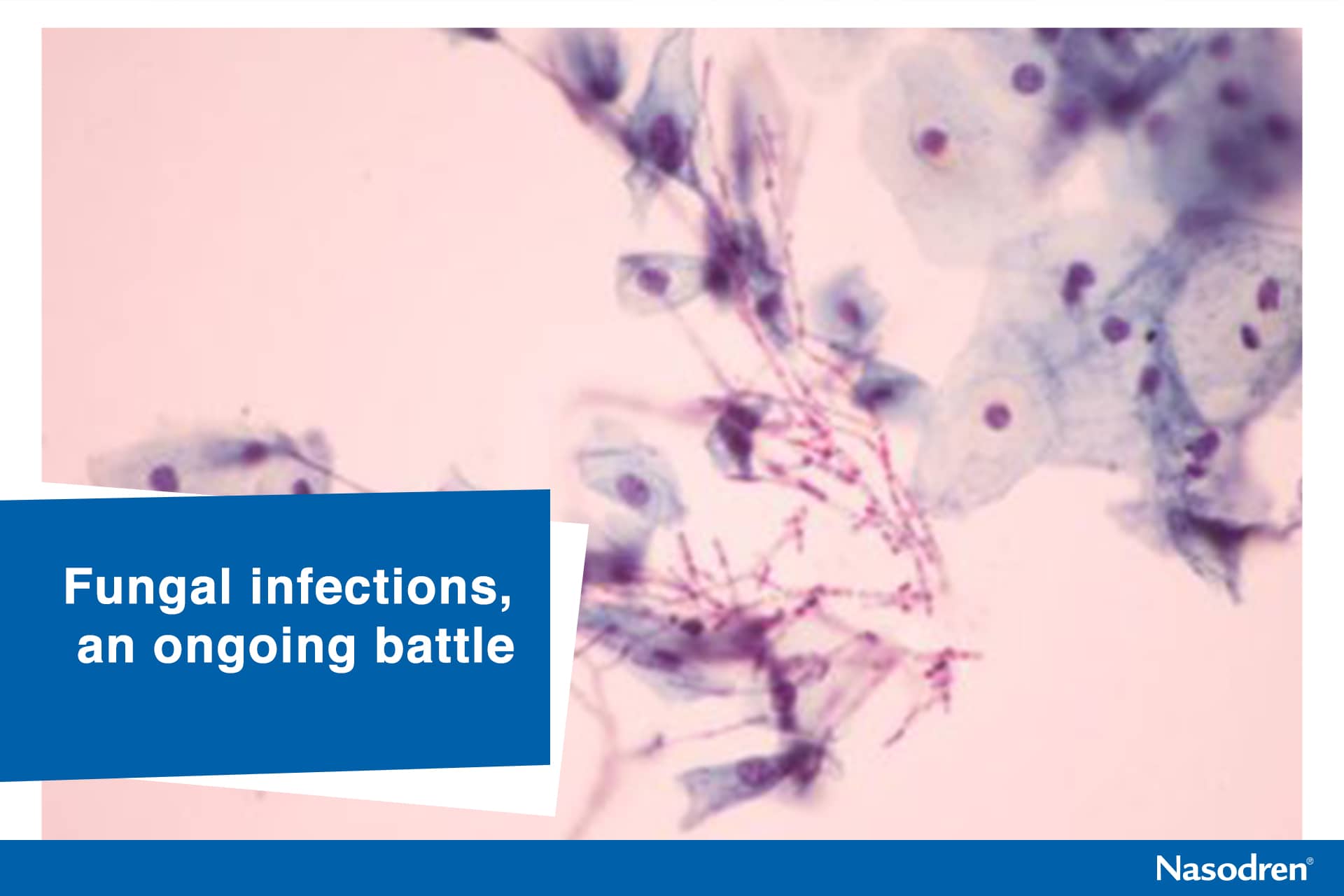Fungi are silent enemies that claim the lives of more than one million people every year, but the lack of information about it makes their impact to go somehow unnoticed. About 300 species of fungi are known to make people sick and, yet, there are no vaccines or effective treatments to combat certain fatal infections caused by such plant-like organisms.
There are three big groups of fungi responsible for the vast majority of fungi-related deaths in people: Aspergillus, which attacks the lungs; Cryptoccocus, mainly affecting the brain; and Candida, a genus of yeasts that infects mucosal membranes and can sometimes cause thrush in the mouth and genitals. These types of fungi can entail a high risk for patients with a weakened immune system, such as people suffering from HIV, diabetes, those following anti-cancer treatments or undergoing transplants.
Fortunately, many experts are aware of this major health challenge and keep working towards cures. This is exactly what a group of Viennese researchers are trying to achieve, and they don’t seem to be that far from their goal.
As fungi are ‘tricky hosts’ (they can escape an immune reaction and, therefore, invade our bodies), these scientists have focused on a way to boost the immune system in order to detect fungi and counter infections. Thus, by blocking the CBL-B enzyme in animals, they’ve managed to create an immune response to the pathogenic fungus Candida albicans that can repel the lethal infection and, as a result, fend off a fatal outcome.
“For the very first time, we succeeded in directing the immune response, which is modulated by CBL-B. This novel method of treatment could turn out to be very successful clinically, especially in combination with existing methods of treatment that are aimed at inhibiting growth of the fungus”, said professor Karl Kuchler from MedUni Vienna, who took part in the study.
Although this discovery seems to be a good starting point for promising treatments in humans, there is no doubt that a lot of research is yet to be done.
Sinuses and fungi, we’ve got a problem
You may have heard that a sinus infection can be caused by viruses and, less frequently, due to bacteria or allergies. However, what many people don’t know is that fungi can also lead to sinus problems and, more precisely, what experts call fungal sinusitis.
This is not a common pathology (evidence for a fungal-specific role in the cause of most chronic rhinosinusitis cases is lacking), but when it occurs, fungal sinusitis can become a chronic health issue or rarely give rise to complications in individuals who are immunocompromised. In the later case, it’s important to mention a type of fungal sinusitis known as ‘fulminant sinusitis’, which is highly invasive and can destroy sinus tissue, spread to the bony cavities and even make its way to the brain.
In general, though, patients with fungal sinusitis tend to show the common sinusitis symptoms, such as nasal discharge, facial pressure and loss of smell.
The usual therapies for fungal sinusitis include surgery aimed to remove the fungal material, as well as intravenous anti-fungal treatments. However, in order to feel extra relief, patients should also drain the stagnant mucus from the paranasal cavities, which at the end of the day is what causes most of the symptoms. That said, keep in mind that, currently, there’s no definitive cure for fungal sinusitis, but research is ongoing.
Have you ever had a fungal sinusitis? If that’s the case, we’d love to hear about it!






